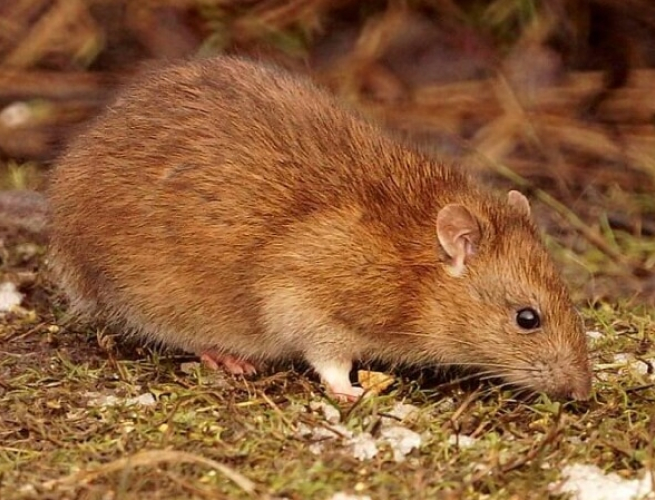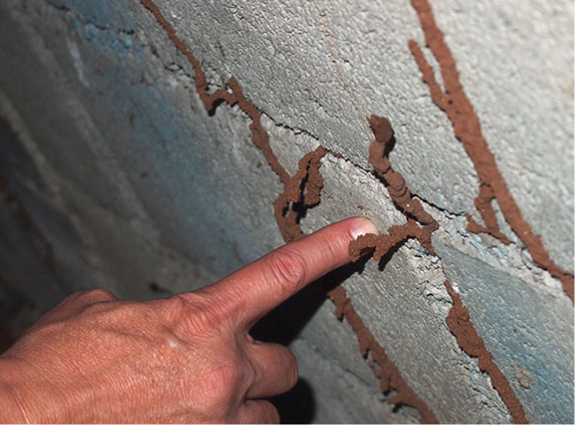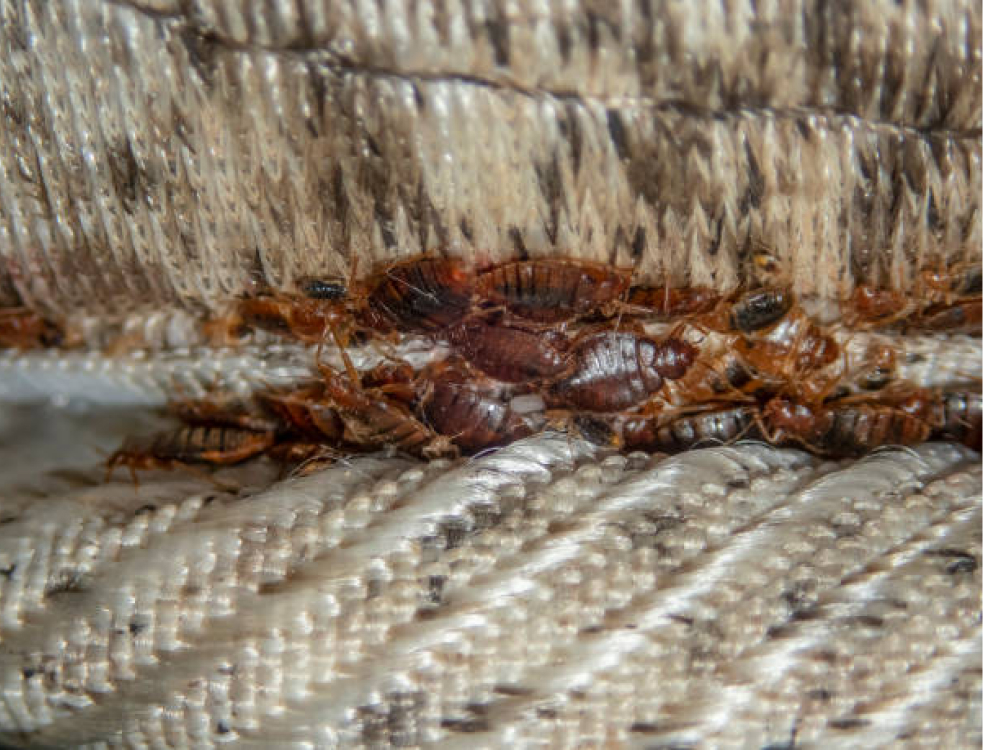Do you often dismiss ants as harmless? It is true that most ants only enter your home in search of food, but some can cause serious damage to your property. One such ant species is the carpenter ant. They are big black ants that can cause damage to wooden items on your property.
Carpenter ants make their home by carving inside wooden furniture and structures. They do not feed on wood but are notorious for making extensive tunnelling systems within the wood. So, you should never leave carpenter ants alone.
When you see any carpenter ants, take immediate action to protect your building from irreversible damage. Oftentimes, carpenter ants are confused with termites. However, the two are very different. In this article, you can find out how to identify a carpenter ant infestation.
Signs of a Carpenter Ant Infestation
Spotting Carpenter Ants in the House
The first telltale sign of these ants is the physical sighting of a carpenter ant. These large black ants can grow up to 17mm in size, while the queen ants can reach up to 1 inch. So it is not too difficult to notice them. Seeing one of these will suggest you have an infestation.
Carpenter Ants have large heads and bent antennae. Their body is divided into three segments, with a narrow waist between the thorax and the abdomen. Carpenter ants also have a short pair of wings.
The easiest way to distinguish a carpenter ant from a termite is the colour. Carpenter ants can be brown, red, black, or a combination of these, whereas termites are usually transparent or light-hued. Apart from their appearance, there are different signs of a termite infestation.
Sawdust and Wood Shavings
A good sign of a carpenter ant infestation is finding piles of sawdust and wood shavings around the house. For example, you might notice piles of sawdust beneath areas with wooden structures, such as window sills, door jambs, and baseboards.
Do not ignore wood shavings and sawdust. These may be a sign that carpenter ants are carving your timber items from the inside. Unfortunately, these can also be a sign of other wood-destroying insects, such as termites and beetles, so take time to analyse the sawdust and wood shavings. Or call a pest control professional to do it for you.
Remember, carpenter ants prefer dead and decaying timber over dry wood. So, if you have soft and wet wood around the house, carpenter ants might be attracted to your property.
Hearing a Subtle Scratching or Rustling Sound
When a large population of ants live with you in your house, they indeed give you big hints about their presence every now and then. One of the biggest giveaways is the noise carpenter ants make when they create their nests. They make a faint scratching or rustling noise when they make tunnels inside the wood and scrape the wood particles out.
If you are suspicious you may have a carpenter ant infestation in your home, try to get audible hints. By tracing where the sound is coming from, you can even narrow down where carpenter ants might be nesting in your house.
Long Ant Paths or Trails of Ants on Your Lawn
Even though carpenter ants like to hide inside their wooden tunnels, they have to come out in search of food since they do not feed on wood. Instead, they enjoy sugar and proteins, which is why carpenter ants feast on dead and living insects, honeydew, pet food, meats, syrups, etc.
They are avid eaters who travel long distances in search of these foods. So, worker ants are sent out of their nest to search for food inside your house, and these will carry food back to their nest. Instead of disposing of these ants, consider them a warning sign of an active ant infestation. Follow these ant trails to identify carpenter ant nests.
Finding Ant Droppings
Like most pests, ants have a survival instinct. They are most active when it is dark. Worker ants will come out about 15 minutes after sundown when you are less likely to notice them. However, no matter how sneaky they try to be, you can find signs of their presence if you assess carefully.
One such sign of carpenter ants is their droppings. If ants are hiding in your house, you will surely find droppings. You just have to learn to identify them. Carpenter ant droppings are soft and fibrous. It is basically faecal matter and wood loosely compacted together.
Flying Carpenter Ants
The queens and worker ants do not have wings, but swarmer carpenter ants have them. So, you may notice flying ants in your house if you are dealing with a carpenter ant infestation.
Carpenter ant swarmers have two sets of wings. These flying ants can come from walls, crawl spaces, floor joists, ceilings, hollow doors, or other hidden cracks and crevices in the house. As swarmers are more mobile, they are more easily identifiable. They are also bigger than the usual carpenter ants.
Swarming ants are sexually mature ants looking to mate and create new carpenter ant colonies. Indeed, seeing swarmers in the house can be alarming as it hints at a further infestation.
Shed Wings of Carpenter Ant Swarmers
Even if you have missed a flying ant, there are traces of them that will help you identify its presence. For example, one of the most significant signs that a carpenter ant swarmer has been in your house is their shed wings.
Swarmer ants often shed wings near vents, baseboards, and window sills. Shed wings are a rather alarming sign. It means the swarmers have mated and are already searching for a suitable site to begin new colonies.
Conclusion
It is easy to overlook most of these signs of a carpenter ant infestation. However, do not make the mistake of taking carpenter ants lightly. They might not bite or sting, but they can surely cause damage, amounting to thousands of dollars to your property.
If you notice any of these signs, you might be hosting an active infestation of carpenter ants. Unfortunately, it is difficult to understand the extent of a pest infestation without proper knowledge. So, contact a pest management company to tackle the ant infestation on your property and limit any further damage to your belongings.







